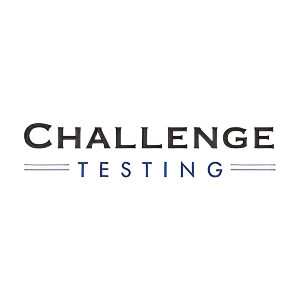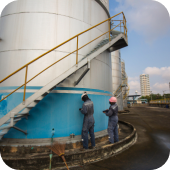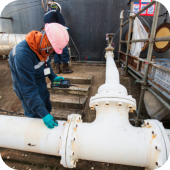

Challenge Testing, Inc.
Challenge Testing is a geotechnical engineering company with roots in the mid-1950s. Small in size but broad in scope, we've led or taken part in significant projects at ports, on waterways, and in challenging coastal and inland locations around the world.
Overview
The Challenge roots reach a family engineering business founded in 1953. Back then, materials testing, inspection and field sampling provided a critical need for our engineering and construction clients…with a very different look. Our crews could be found in the rivers and bayous of South Alabama on custom-improvised floating platforms and drill rigs. Technology and capabilities have changed, but commitment to quality remains the same. We’re proud to have been part of the growth of the Gulf Coast for more than 60 years, supporting a wide variety of signature private and public projects and development.
Today, we’ve grown to a portfolio of projects and partners worldwide. Field testing, sediment sampling and non-destructive testing have taken us from Taiwan to Tallahassee, FL and Guam to Gulfport, MS. We work in a variety of heavy industry groups including energy generation, shipbuilding, aerospace, marine, refining, and infrastructure. Governmental and private concerns represent commercial port and Corps of Engineers projects including Haiti to Puerto Rico; Dutch Harbor, Alaska; Miami; Taiwan; Guam, Gibraltar, Spain; Port of Trinidad; Freeport, Grand Bahama and more.
Products
Services
Ads













